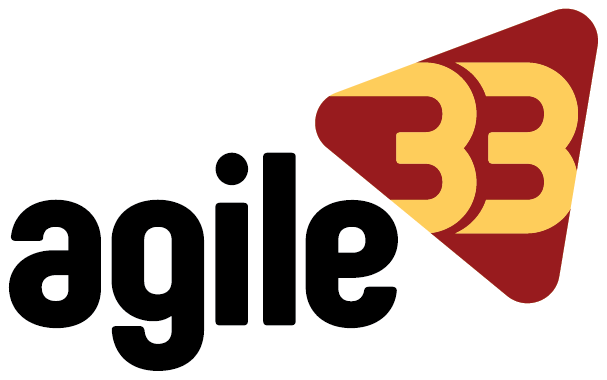
Performing a project risk assessment is a critical step in
project management. It is essential to identify potential risks and develop strategies to
mitigate or manage them. Here are some steps to follow:
·
Identify the risks: The first step is to
identify all the potential risks that could impact the project. This can be
done by brainstorming with the project team, stakeholders, and subject matter
experts, reviewing historical data, and researching industry trends.
·
Assess the likelihood and impact of each risk:
Once the risks are identified, assess the likelihood and impact of each risk.
Likelihood is the probability of the risk occurring, and impact is the severity
of the consequences if the risk does occur. This can be done by assigning a
rating or score to each risk based on its likelihood and impact.
·
Prioritize the risks: Prioritize the risks based
on their likelihood and impact. This helps to identify the risks that require
immediate attention and those that can be addressed later. A risk matrix is a
useful tool for prioritizing risks.
·
Develop a risk response plan: Once the risks are
prioritized, develop a risk response plan for each risk. This plan should
outline the actions to be taken to mitigate or manage the risk, who will be
responsible for taking these actions, and the timeline for completion.
·
Monitor and review the risks: Regularly monitor
and review the risks throughout the project lifecycle. This helps to identify
new risks that may arise and evaluate the effectiveness of the risk response
plan.
·
Communicate the risks: Communicate the risks to
all stakeholders, including the project team, sponsors, and clients. This helps
to ensure that everyone is aware of the risks and the actions being taken to
manage them.
By following these steps, you can perform a comprehensive
project risk assessment that identifies potential risks, prioritizes them, and
develops a plan to mitigate or manage them.
